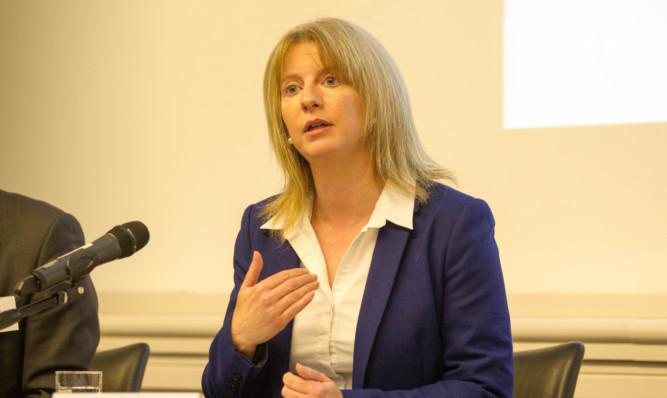Further progress has been made on reducing the number of patients forced to remain in hospital when they are ready to leave, according to new figures.
Official statistics show patients spent 46,827 days in hospital due to delays in discharge, commonly known as bed blocking, in January.
The figure is down very slightly from December, and represents a 12% decrease compared to the same period in 2015.
A census carried out on one day in February showed 1,192 patients were delayed.
This is a 4% increase on January 2016 and a 6% decrease on the same period last year.
Health Secretary Shona Robison said: “Good progress has been achieved in reducing delayed discharge, and this is testament to the efforts of staff working across health and social to get people back to their communities when they are ready to leave hospital.
“While January is always traditionally the busiest month of the year for the NHS, when you look at the position we’re in compared to last year it is clear that improvements have been made.”
She added: “This is only the first year of the funding for delayed discharge – with a further £60 million due to come to local NHS and council partnerships over the next two years.
“In addition to this, we have also recently committed an additional £250 million to social care in next year’s budget which will be used to improve the availability of care in communities and fund the living wage for all frontline care sector staff.
“We will be working closely with all integrated partnerships and expect them to use this substantial funding to tackle the issue of delayed discharge once and for all.”
Scottish Greens MSP Alison Johnstone said: “The latest figures show the SNP needs to pick up the pace on investment in social care. Too many people are left in hospital when they could be being cared for at home or in appropriate accommodation.
“Paying carers a real living wage would help tackle the recruitment and retention crisis in social care, and free up capacity in our under-pressure hospitals.”
